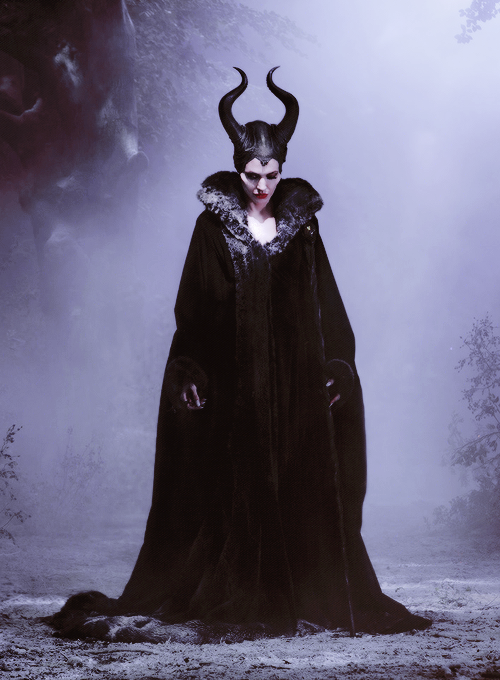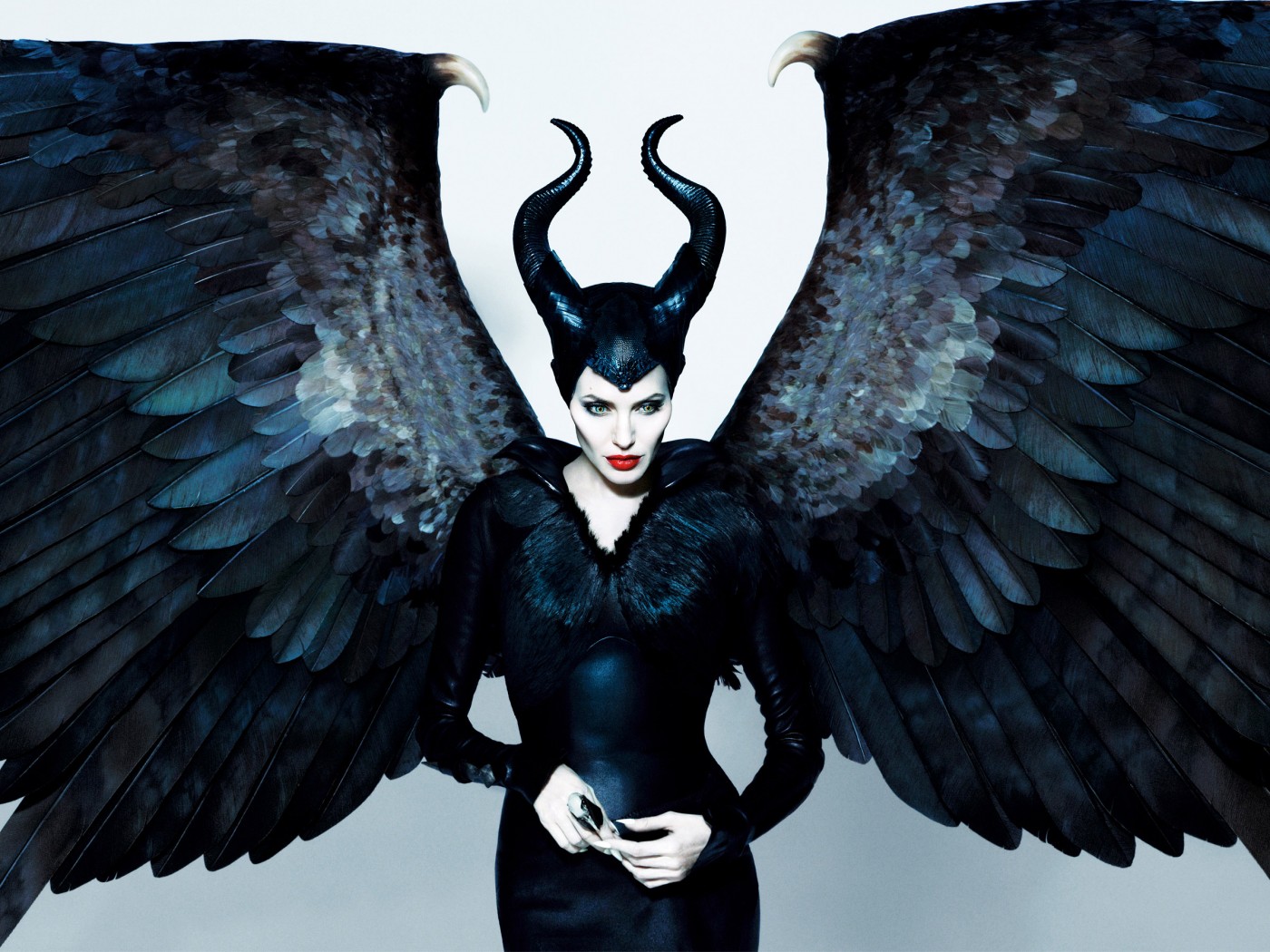 In the same vein as the ever-popular Frozen, Disney has taken another turn in the feminist direction. This time with Maleficent. The story of ‘Sleeping Beauty’ has always been a familiar one. Yet with every re-telling and adaptation, there has continuously lacked any real depth of character or story. What Maleficent does is provide meaning to yet another fairy tale that tells women a kiss from a Prince will solve all their problems. Ironically enough in the film, it is men that cause almost all the problems and it’s women who fix it all in the end.
In the same vein as the ever-popular Frozen, Disney has taken another turn in the feminist direction. This time with Maleficent. The story of ‘Sleeping Beauty’ has always been a familiar one. Yet with every re-telling and adaptation, there has continuously lacked any real depth of character or story. What Maleficent does is provide meaning to yet another fairy tale that tells women a kiss from a Prince will solve all their problems. Ironically enough in the film, it is men that cause almost all the problems and it’s women who fix it all in the end.
It all starts with Maleficent but not the sinister witch of previous tales. Instead the audience is presented with a kind hearted fairy child, who is protector of the magical world. We’re shown how and why a young and trusting girl who grows to be powerful and wise, suddenly becomes cruel and vindictive. The answer? A man.
Witnessing the bitter betrayal of Maleficent (wonderfully portrayed by Angelina Jolie) by her childhood friend Stefan (Sharlto Copley) gives depth and relatability to a character that is traditionally seen as a “bitter old hag”. The model of the “crone” type character is seen in Neopaganism with the Triple Goddess theory which presents: the Maid, the Mother and the Crone, each of which represent different stages of a woman’s life. Whether consciously or not, Maleficent manages to incorporate this theory into its story, whilst giving it a refreshing, contemporary twist. Aurora (Elle Fanning) is not portrayed as a helpless, pure “Maid” who is only destined for marriage but instead we get an inquisitive, joyous young woman who isn’t afraid to challenge society and make her own way. The “Mother” figure is seen in the three hilarious fairies Knotgrass (Imelda Staunton) Thistlewit (Juno Temple) and Flittle (Lesley Manville) who raise Aurora from infancy. Whilst they are constantly at odds with each other and seem to have no idea how to raise a child, they prove to be a delightful and ever so slightly radical alternative to a conservative family. This leaves the “Crone” figure best fitting Maleficent herself. Yet the film leaves no room for stereotyping. Maleficent proves to be a multifaceted female character, one that is not beyond help, that can make mistakes and that can learn and grow from them.

Maleficent faces many internal conflicts throughout the film, as she comes to terms with who she is and what she can offer the world she lives in, even though it has rejected her on multiple occasions and moulded her into something ugly. She sees the true beauty and innocence of humanity in Aurora, instead of the cruelty and greed she has continuously encountered. It is for this reason that true love’s kiss comes from a Fairy Godmother and not a Prince. This changes a very integral part of the original story as not only does the Prince prove useless in waking Aurora (meaning there’s no need for a man), we now have a very pro-women, feminist ending. (There’s nothing like seeing women helping out other women). With a peck on Aurora’s forehead, Maleficent shows that true love comes in a variety of forms and also from within.
Adaptions that take on a feminist re-write are very much needed in a society that still promotes the idea of a Prince Charming and often tends to oppress the idea of powerful, independent-thinking women. What Maleficent offers is the idea that you aren’t just what people believe you to be. You don’t have to be wholly good or bad, or what anyone thinks you are for that matter. You can be the hero and you can also be the villain – it’s okay to be both. In fact it’s better.



